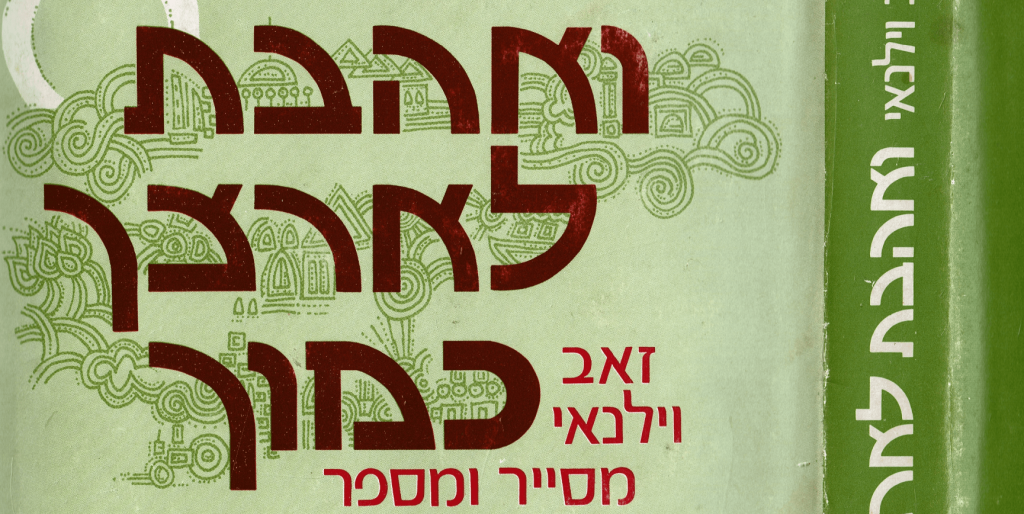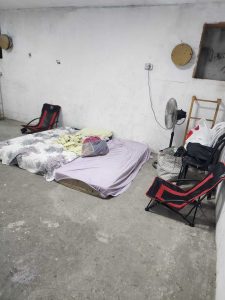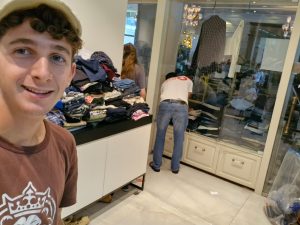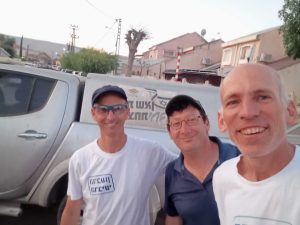Zev Vilnay, Veahavta L’artzecha Kamocha
(Translation by Zalman Spivack)
I am a Nofan!
I am often asked: What are you, really- a Geographer? historian? archaeologist? botanist? zoologist? After all in your explanation you talk about the geography of the place, the events that occurred there, the ancient remains, about plants and animals … Well, what are you?
My answer is: I am a Nofan! Nofan! (Landscapist, landscapologist)
Nofan is a name I have invented for myself from the word nof “landscape” to indicate a person who is involved in describing the landscape and its changes. And I, all my life, I have been dealing with the landscapes of this country. In my words to the hikers and the scouts, I try to explain to them the scenery that unfolds as they walk along the country’s paths. For this purpose, I choose a high vantage point, and from this vantage I view the landscape: its appearance in present and ancient times, its events and its associated memories, its events and its associated memories. Archeology, history, anthropology, plants and animals are intertwined with what constitutes the landscape of the homeland.
I am a Nofan from the dawn of my youth. I grew up in Haifa and every day I would look out at the beautiful landscape, where mountain and valley and sea merge together. I have endeavored to recognize all its sides and shades, and not as an arrest and silent landscape, but as a living and talking landscape, expressing present and past values. And this recognition deepens the love for the landscape and inspires the desire to learn and get to know it more and more.
In my many tours, I always aspired to reach peaks and highs, from which the landscape is seen in fully, in all its glory. This ambition gave me the power to easily and joyfully climb up steep and upright cliffs. These trips are particularly memorable to me: climbing in the darkness of the night to the top of Mount Tabor or to the summit of Mount Meron, to watch the sunrise and enjoy the slowly-exposed landscape pouring from the sky out of the darkness into the light. As well, are the unforgettable maapilim (those who climbed to the summit) to the top of Mount Hermon, to look out over much of their land. (Eretz Rabbah)
And I have always tried to get to know this (Eretz Rabbah) country through my feet. Many times I marched on her earth and among her stones, in the words of the ancient poet: “For Your servants desired its stones and favored its dust” (Psalm 102: 15). Years ago, Judah Halevi exclaimed: ‘If only I could wander, Upon the places where G-d was revealed to your seers and messengers’. And I had the privilege of wandering in these places, and I have felt the Shekinah (Divine presence) dwelling upon them.
And when the time came and I could choose, I chosed to live in Jerusalem. Where combined and merged together everything that a Nofan could ask for. No coincidence the ancient poet called her “Fair in situation, the joy of the whole earth” (Psalms 48, 3). And when I had to stay in large cities in foreign countries, such as London, New York and Philadelphia, and I saw before my eyes-only high[1]rise houses, skyscrapers, my soul was suffering and my heart aching. I longed for my scenery and spaces, because “Man is nothing but a little plot of land, man is nothing but the image of his native landscape”.
Even as I write my essays (and all my essays treat the landscape in its forms) I do not see before my eyes, as many others, only walls and shelfs, books and maps. I imagine the spectacular view under the azure sky. For in the first place I vowed not to write about a site I had not visited, and not once or twice, but at least several times, because the landscape is always changing.
In retrospect, I would be glad is my family name was Nofan, or Rav-Nof. If a baby girl was to be born to me, I would call her Nofit or Nofia.




